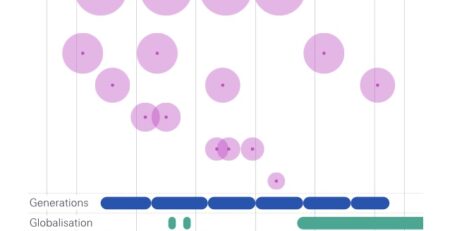Assessing the Distortions of Mandatory Pensions on Labor Supply Decisions and Human Capital Accumulation: How to Bridge the Gap between Economic Theory and Policy Analysis
By Mukul Rutkowski, David A. Robalino & Andras Bodor
Full Content: SSRN
By Mukul Rutkowski, David A. Robalino & Andras Bodor
Full Content: SSRN

By Valbona Cinaj The pension system faces many problems and challenges. Social security in general is the system of social... read more

By Barry Gros With the significant decline in single-employer defined-benefit (DB) pension plans in the private sector, it’s important to... read more

By Thomas E. Lambert & Christopher B. Tobe This paper examines a looming possible crisis in many Americans’ retirement plans... read more

By David Blanchett American companies have been actively shifting away from defined benefit (DB) plans towards defined contribution (DC) plans... read more

By Leafia Z Ye One of the most salient findings in research on immigration has been that immigrants experience substantial... read more

By Prachi Patkee & Adam Strange Human longevity is one of the great success stories of the past century, and... read more

By Eva Sierminska, Charlotte Bartels & Carsten Schroeder There is growing interest in understanding how gender influences the accumulation of... read more

By Danae Hernandez-Cortes & Sophie Mathes This article documents how environmental distress affects individual-level labor market outcomes in Latin America’s... read more

By Jose Valderrama We study the role of income-mortality differentials and pension eligibility conditions on the level of regressivity and... read more

By Francesca Carta, Francesco D’Amuri & Till Von Wachter Using Italian matched worker-firm data, this paper quantifies the effect of... read more
